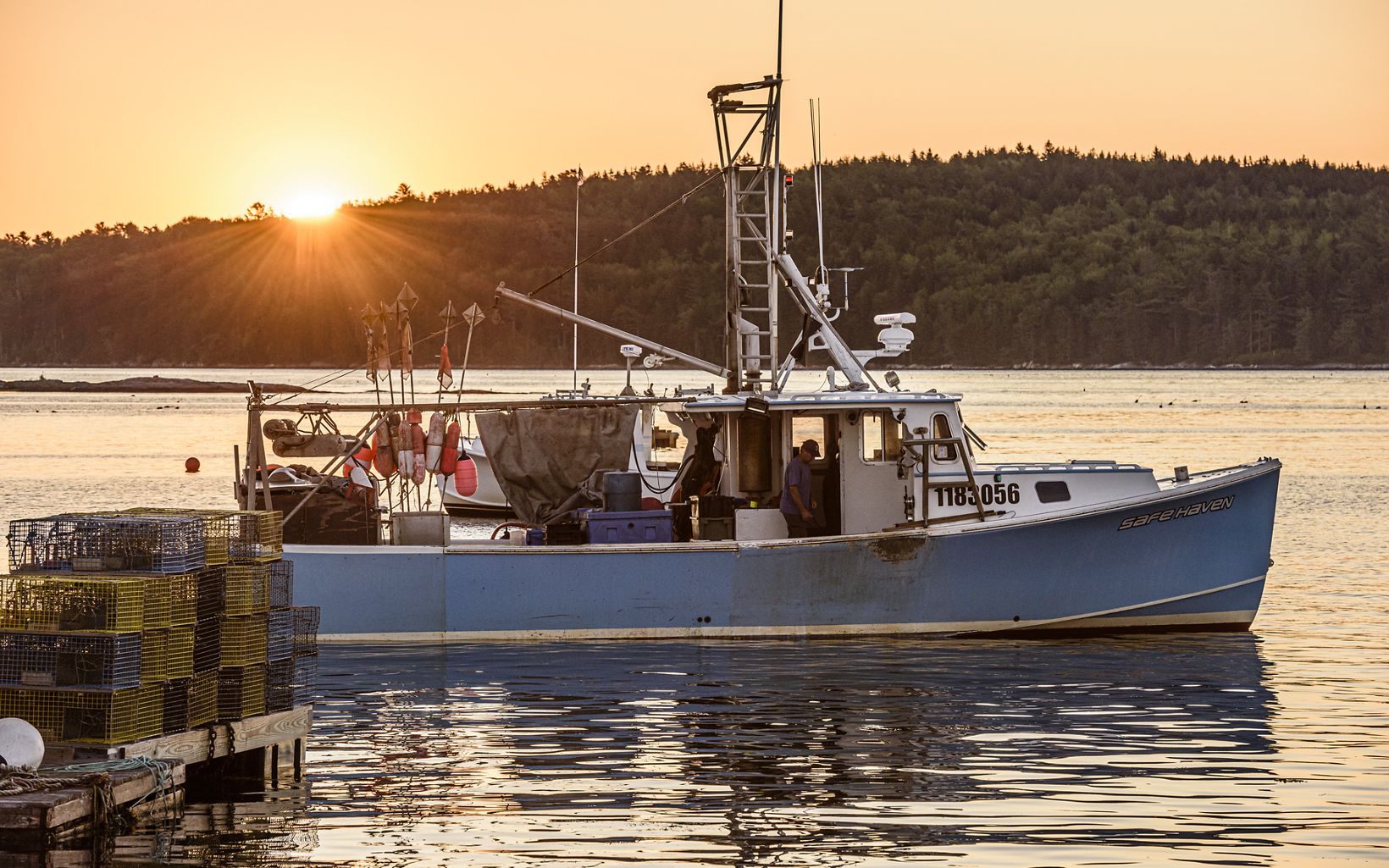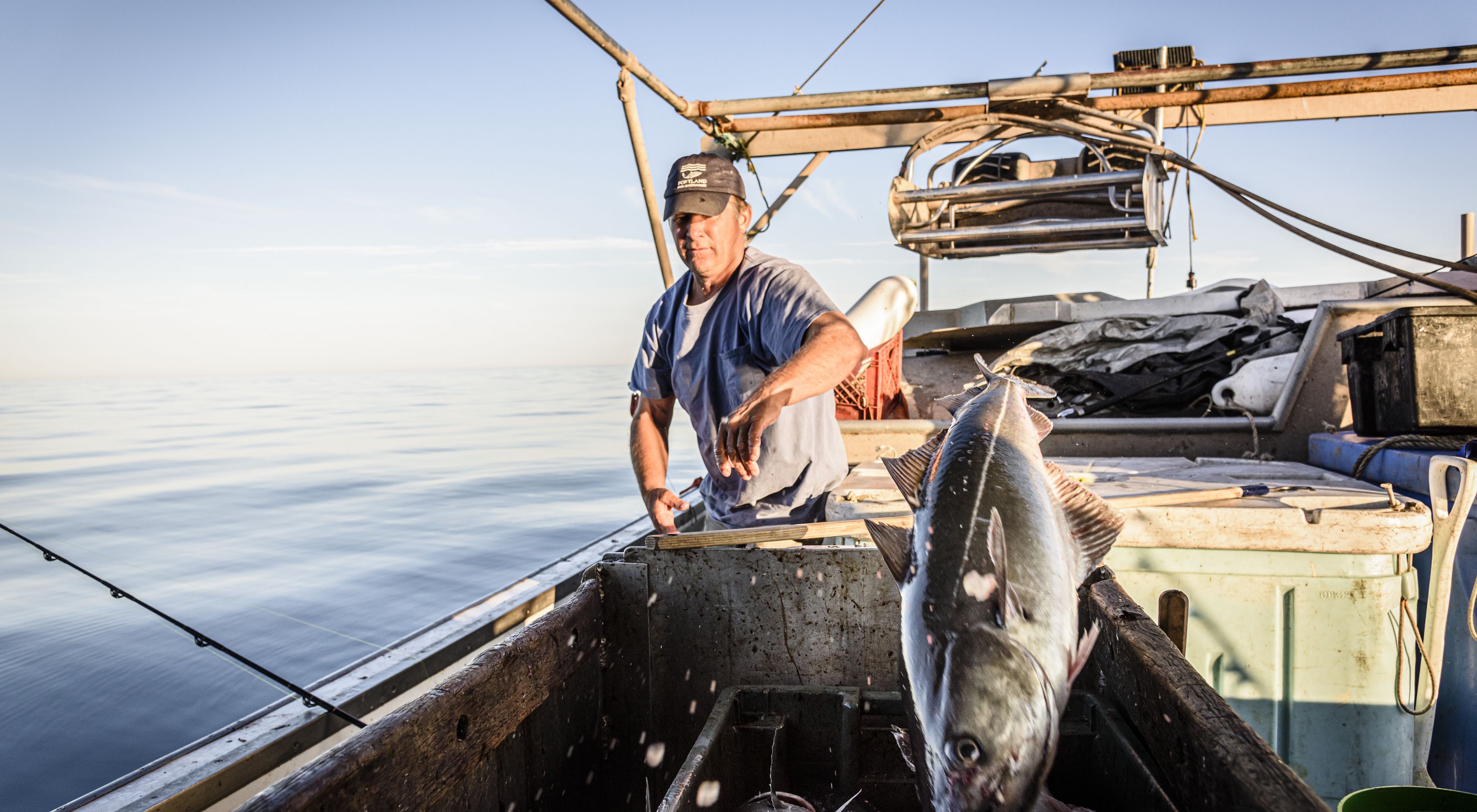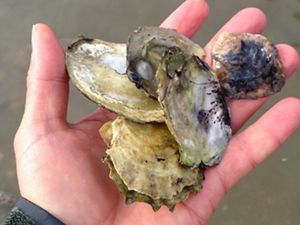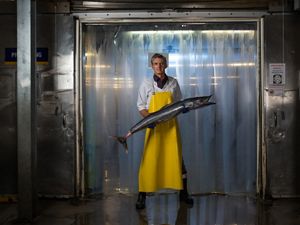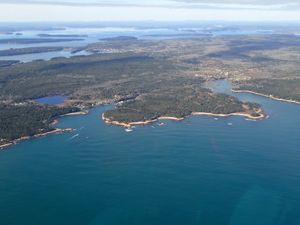Fishing For Solutions
Working with fishermen for sustainability in the Gulf of Maine.
It's too early in the morning for the sun to even hint at its impending rise over the waters of the Gulf of Maine. Under flood lights on the wharf at Cundy's Harbor, Bryan Bichrest and his longtime deckhand, Tyler Bond, work to load up Bryan's boat, Safe Haven, for another long day of fishing. This once-common scene in Maine's coastal communities is becoming increasingly rare as regulators push to rebuild the Gulf's depleted groundfish stocks and fishermen struggle to eke out a living.
To protect fish stocks, regulators set a quota—the amount of each type of fish a fisherman may catch. Quotas are based largely on surveys taken twice a year by researchers in selected areas of the Gulf. If a fisherman catches his or her quota for one type of fish, then that fisherman must stop fishing to avoid catching more, no matter how much quota is left for the other species, or lease more quota from another source—an often costly option.
How Fishermen Can Help
While this seems like a sensible approach, there is often disagreement about the accuracy of the information the quotas are based on.
"There's a big disconnect between what the fishermen see on the water and what the stock assessment scientists see, particularly having to do with cod," says Geoff Smith, TNC's marine program director. "The stock assessments say cod is in deep trouble and the fishermen are saying they are having a hard time staying away from that cod."
Quote: Bryan Bichrest
I think it’s the only chance for young guys coming into the business.
So, what if fishermen themselves could help improve that accuracy? Smith has been working with Bichrest and other Gulf groundfishermen to implement a video monitoring system that puts cameras on fishing boats to help document the catch.
"Putting these video monitoring systems on the boat allows the fishermen to bring their observations right into the science and management process," says Smith.
Back on the dock, Tyler Bond lowers down an orange box with metal arms extending out at right angles and buttons along one side. This is an electronic jigging machine, designed to automatically lower a line of hooks to a set depth, move the line up and down (or “jig,” to attract fish), and reel the line back up when a set weight of fish is reached.

This hook-and-line system has very little impact on the ocean floor and helps fishermen target healthier stocks that can take more fishing pressure, while avoiding the weaker stocks that are in need of rebuilding. As part of this partnership, TNC also owns and leases extra quota to fishermen in need. In this way, we work together to protect the fish and the communities that depend on them.
Hope for the Future
As the sun finally peeks up from the sea to chase the chill from the early fall morning, Bichrest pauses to reflect on his efforts and his partnership with The Nature Conservancy.
"I think it’s the only chance for young guys coming into the business. I mean I’m so old it don’t matter," he says with a chuckle before turning serious again. "But young guys, it’s their only chance to get into it and try to make a fishery."
"Our ability to partner with fishermen and collaborate on a more sustainable Gulf of Maine is directly tied to the generous supporters we have at The Nature Conservancy," says Smith. "We couldn’t do that work without you. I certainly appreciate it, and I know the fishermen we work with do, too.”
Fishing on Safe Haven
